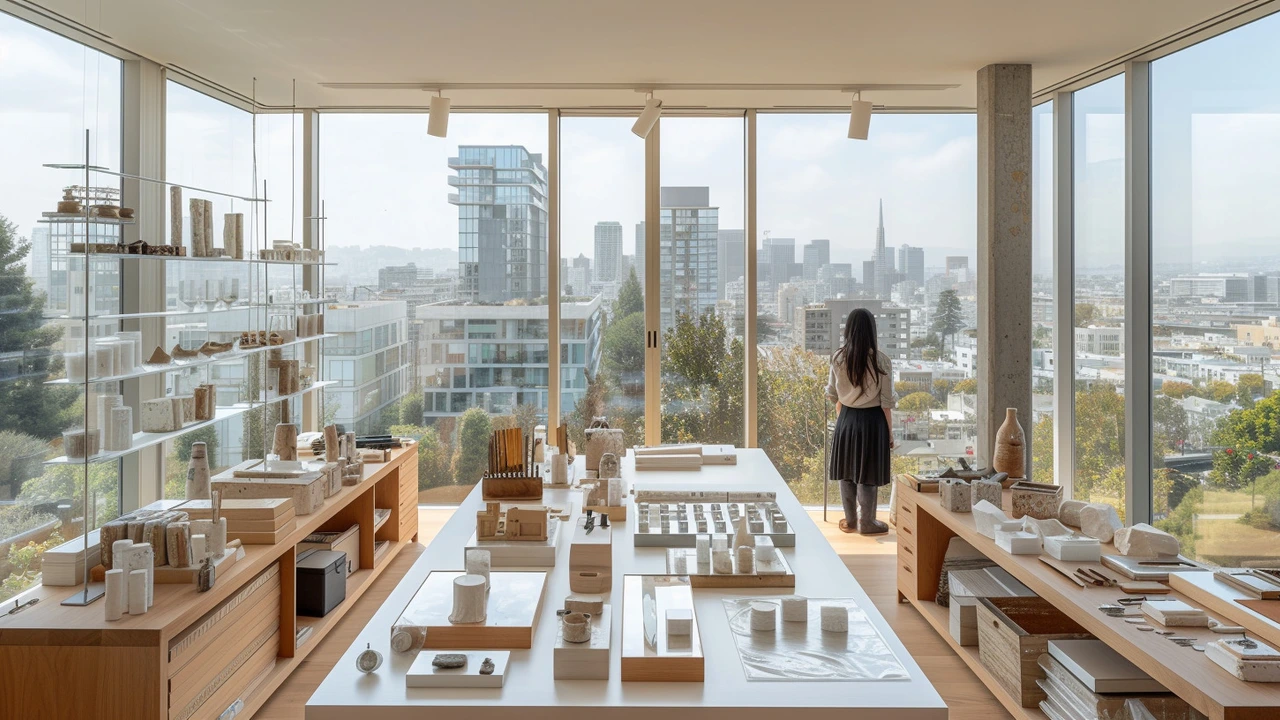Art Installation Development: Practical Steps for Artists
Developing an art installation starts with a clear idea and a sharp sense of purpose. You need to know what you want visitors to feel or do. Start by sketching quick concepts and pick one that fits your resources and site. Think about scale early; a great idea can fail if it’s too big or too small for the space.
Next, test materials and methods. Build small mockups using inexpensive materials to see how forms, colors, and lighting behave. Mockups reveal technical problems before they become costly. They also help you estimate time and labor.
Scout the site and learn its rules. Measure the space, note sightlines, light sources, access points, and safety constraints. Ask about power, loading docks, and local permits. If the work will be outdoors, check weather exposure and anchoring needs.
Budget realistically. List materials, tools, fabrication labor, transport, installation crew, insurance, and maintenance. Add a contingency of at least 10% for surprises. If you need funding, prepare a short proposal highlighting concept, community value, and costs.
Plan logistics in stages: fabrication, transport, installation, and deinstallation. Decide if parts fit through doors and elevators. Label components and create a step-by-step install plan. Document the process with photos and notes for future shows.
Collaborate with specialists when needed. Engineers, riggers, fabricators, and electricians keep installations safe and functioning. Communicate clearly with diagrams, dimensions, and deadlines. Good teamwork prevents delays and reduces costs.
Think about audience experience. Map the visitor path and design how people will approach, enter, move through, and exit the work. Consider accessibility and how the installation reads in daylight and at night. Interactive pieces need clear instructions and fail-safes.
Include maintenance and durability plans. Choose finishes that tolerate touch and cleaning. Prepare replacement parts and a simple care guide for venue staff. For long-term public works, plan annual inspections.
Legal and safety checks matter. Secure permissions, address copyright for music or images, and carry proper insurance. Run risk assessments and add physical barriers if parts could threaten visitors.
Finish by documenting the project. High-quality photos, installation diagrams, and a concise statement help when applying for funding or shows. Reflect on what worked and what didn’t. Those notes make your next installation smoother.
Small examples: test a light sequence in a shoebox before the full build. Use plywood mockups to confirm sightlines. Try a short public preview to gather feedback.
If you follow these steps, your installation moves from idea to reality with fewer surprises. Good planning saves time and keeps the art focused on the audience.
Quick checklist: concept sketch, mockup, site measures, budget, permits, fabrication plan, install steps, maintenance guide, insurance.
Use basic tools like a laser measure, cable ties, gaffer tape, and a simple lighting dimmer. Free digital tools such as simple 3D mockup apps and spreadsheet budgets save time. Talk to a venue technician early; their practical advice often prevents big headaches. Keep a small contingency kit of spare fasteners, bulbs, and tools on site.

